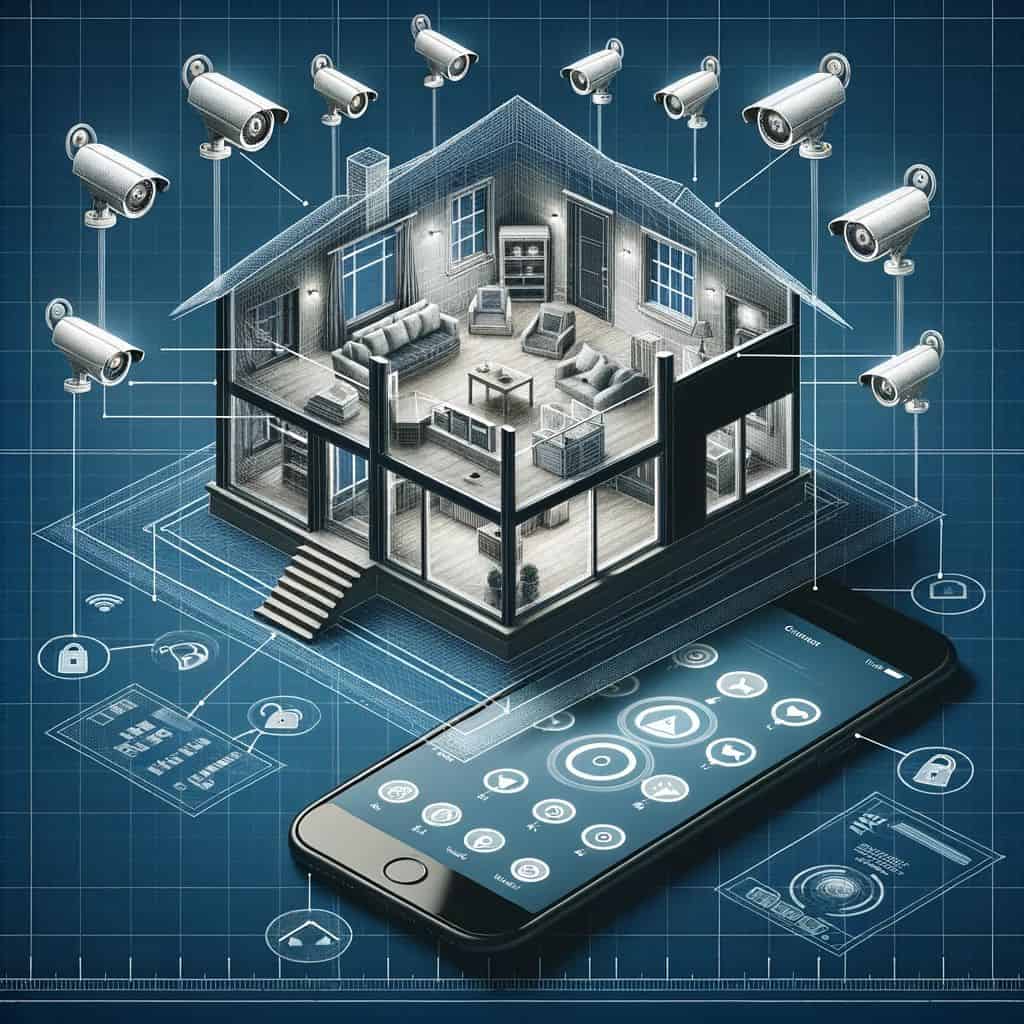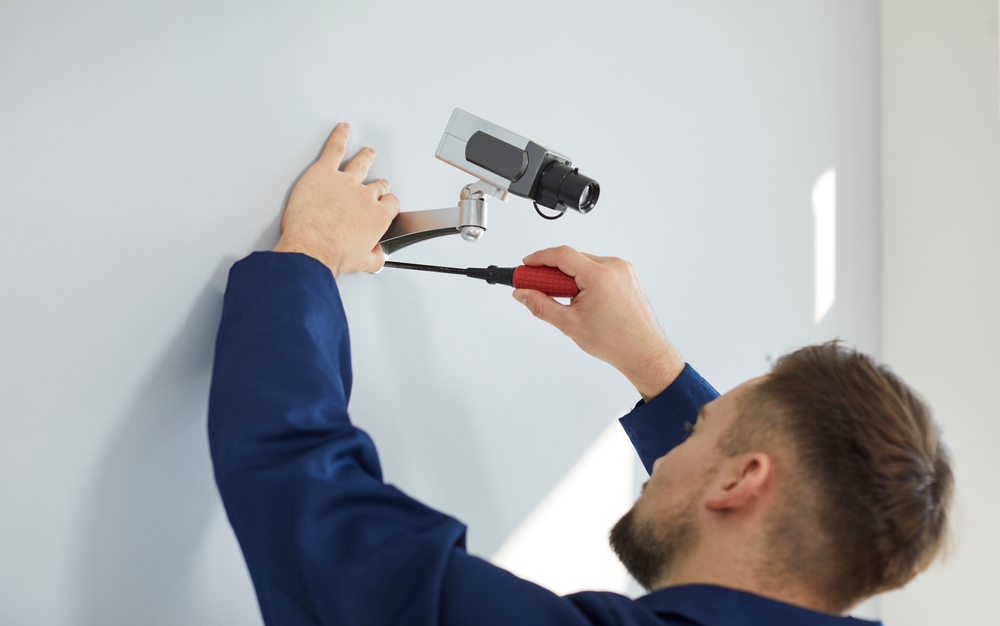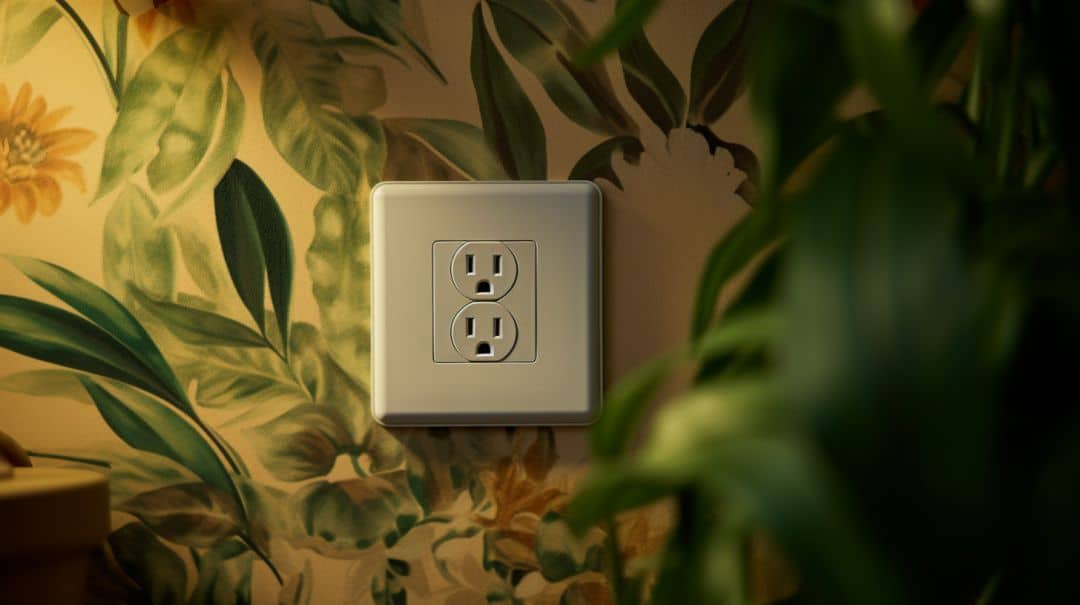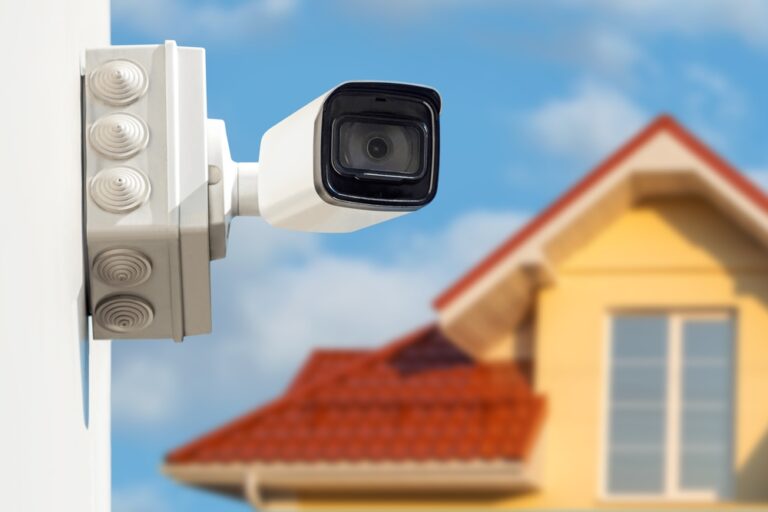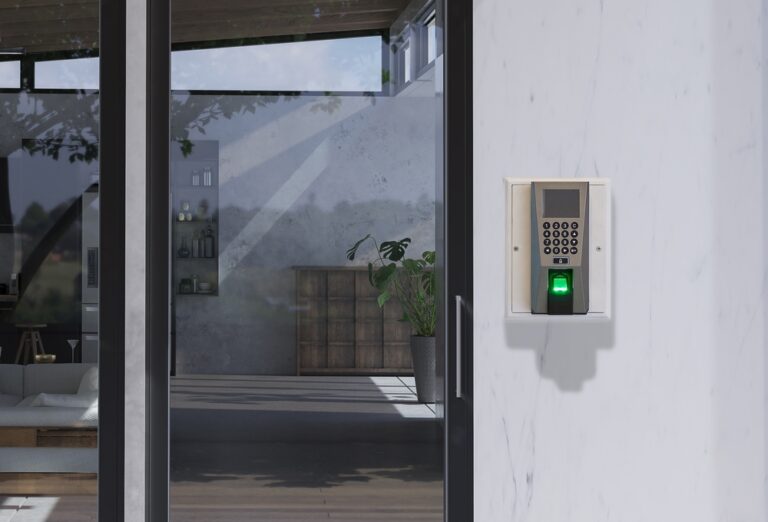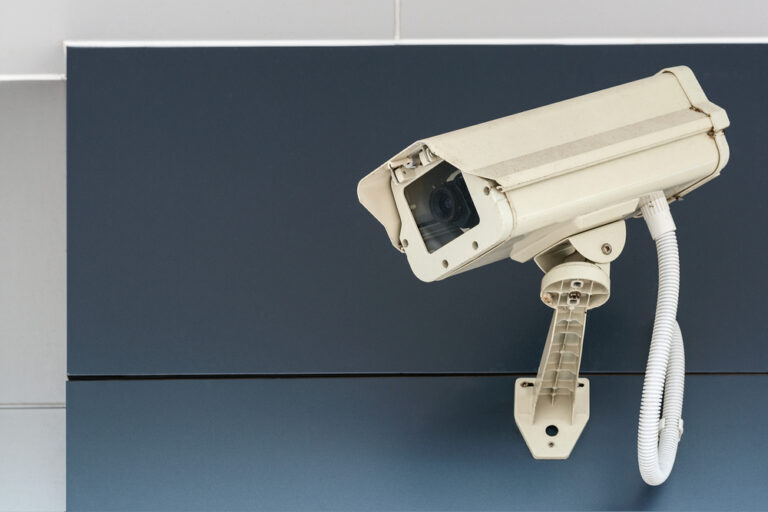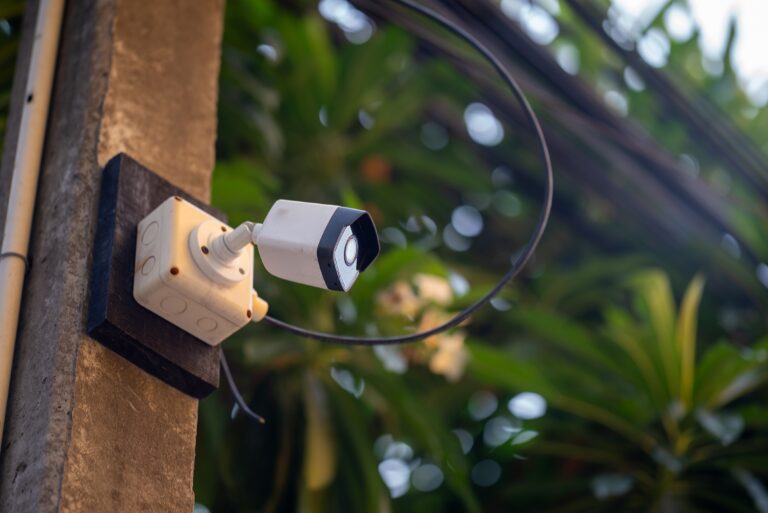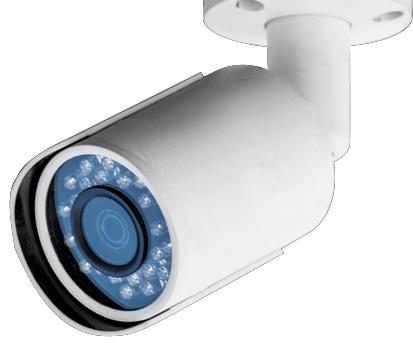- 1) Introduction
- 2) Assessing Your Property
- 3) Camera Placement Strategies
- 4) Types of Surveillance Cameras
- 5) Enhancing Deterrence and Disguise
- 6) Minimizing False Alarms and Technical Considerations
- 7) Utilizing Advanced Features and Integration
- 8) Installing Indoor Cameras Strategically
- 9) Security and Maintenance
- 10) Conclusion
- 11) FAQs
Introduction
Securing your home with a comprehensive camera system requires strategic planning and placement. A multi-level security camera setup allows you to monitor every angle and entry point of your property for complete peace of mind.
In this comprehensive guide, we will walk through the key factors for designing and installing a layered home security camera system to maximize visibility and deterrence.
You’ll learn insider tips on optimizing camera placement, recommended equipment and features, and technical considerations for flawless performance. We’ll also provide maintenance best practices to keep your system running smoothly for years to come.
Key Takeaways:
- Assessing your property’s unique needs is crucial for strategic camera placement
- Combine outdoor/indoor and wired/wireless cameras for full coverage
- Advanced features like motion sensors and night vision enhance monitoring
- Proper installation and maintenance ensures your system’s effectiveness
With the right home security camera system in place, you can rest easy knowing your property is fully protected. Let’s get started planning your customized setup.
Assessing Your Property
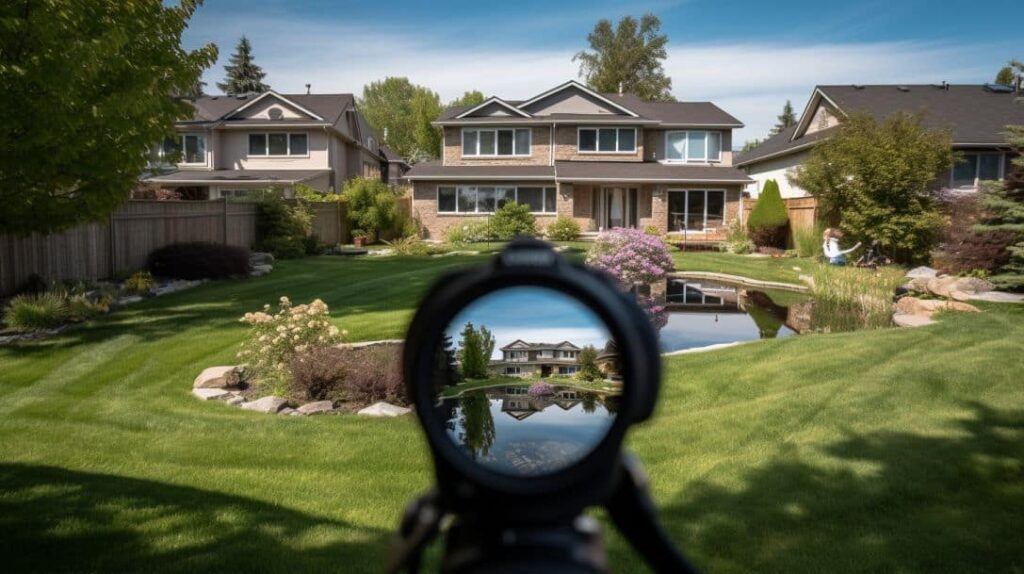
The first step is conducting a thorough evaluation of your home’s layout, entry points, and high-value areas to optimize your camera placement strategy.
Prioritize monitoring prime targets like doors, windows, driveways, and secluded areas where intruders may enter undetected. Cameras should also cover approaches to your home, providing a visual record of anyone coming onto your property.
Your assessment should factor in landscaping or vegetation that may partially obscure views. Carefully consider lighting conditions as well – areas with low visibility at night will require cameras with night vision capabilities.
The number of cameras needed depends on the size and configuration of your home. Surveillance experts generally recommend a minimum of 4 outdoor cameras placed at corners to cover all sides. Larger properties may require 6-8 cameras or more for comprehensive monitoring without blindspots.
Indoor cameras add an additional layer of security, covering entryways, hallways, staircases and high-value rooms like home offices.
Here are some key questions to consider:
- What are the main entrances that need monitoring such as doors, windows, garage doors, gates, etc? Position cameras to clearly capture visitors.
- Are there obscured areas like backyards or driveways where an intruder could gain access undetected? Eliminate blindspots.
- Which rooms contain valuables like home offices or living rooms? Prioritize placing cameras there.
- Does vegetation block any views? Trim it back or adjust camera angles.
- Are there low light areas at night? Use cameras with night vision capabilities.
- How large is the property? Larger homes need more cameras for full coverage.
- How many stories is the home? Multi-story buildings need cameras on each level.
Conduct thorough walkthroughs of your property from an intruder’s perspective to identify vulnerabilities. This assessment is the foundation for an effective security camera system tailored to your needs.
Carefully assessing your property is crucial for designing an effective security camera system. There are three key steps in this process:
Identifying Critical Areas for Camera Placement
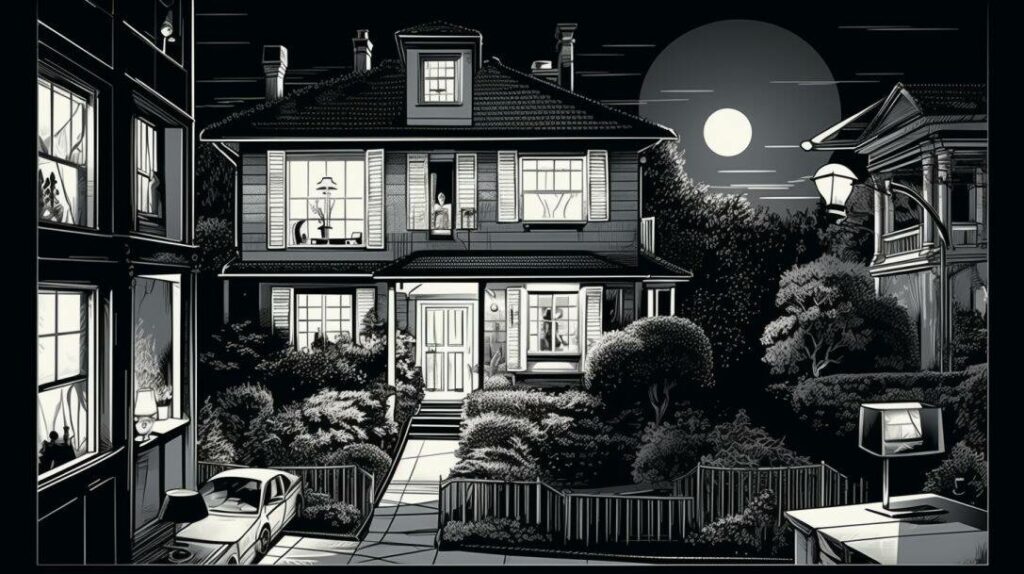
You’ll want to strategically identify the most valuable and vulnerable areas of your property that require priority monitoring. Some factors to consider:
- Entryways like doors, windows, garage doors – prime targets for intruders
- Approaches and driveways – record anyone entering the premises
- Secluded spaces where intruders could enter undetected
- Storage areas with valuables
Also prioritize any high-value rooms with expensive possessions like home offices and living rooms.
Prioritizing Entry Points for Camera Installation
All exterior entry points into your home should be top priorities for security camera placement, including:
- Doors – front, back, side, garage. Use wide angle lenses.
- Windows – especially low or obscured ones
- Garage doors – monitor interior and exterior angles
- Gates, fences or other entryways
Proper positioning allows cameras to clearly capture visitors. Place additional cameras to eliminate blind spots.
Determining Total Cameras Needed
The number of cameras depends on your property size and layout:
- 4-6 outdoor cameras for standard homes
- 8+ for larger homes with more entry points
- 1 per 500 sq ft for comprehensive indoor coverage
- More for long driveways, outbuildings, etc.
Conduct walkthroughs from an intruder perspective to identify gaps, and refine your placement plan.
Camera Placement Strategies
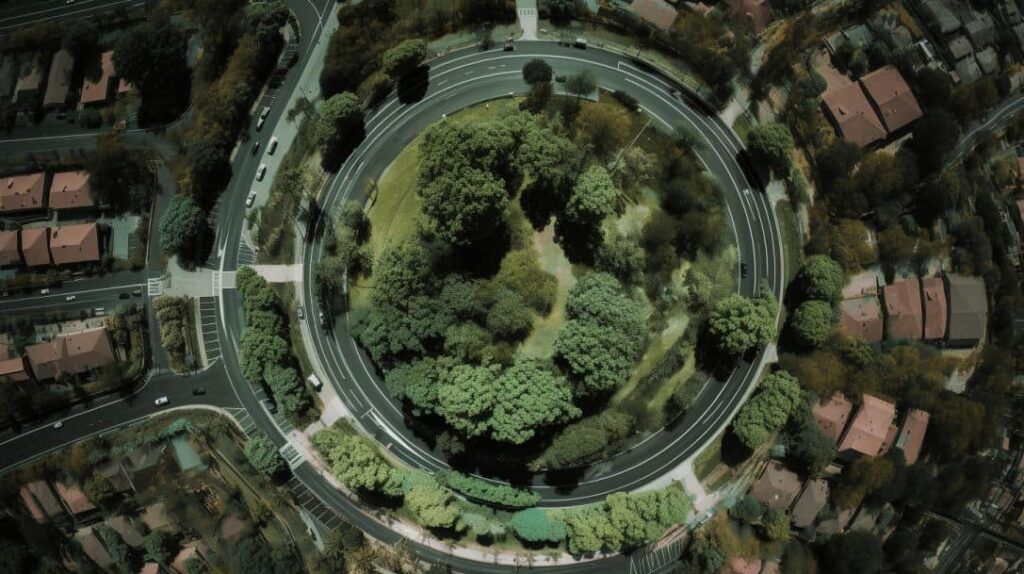
Carefully planning your security camera placement is key to maximizing monitoring coverage and deterrence. Here are some professional tips:
Maximizing Coverage and Deterrence
The primary goal is to eliminate blindspots so there are no areas an intruder could access undetected.
- Position cameras to completely cover all entry points into the home.
- Overlap camera views slightly to provide backups if one camera is obstructed.
- Place cameras high up pointing downwards for wide coverage – see height tips below.
- Enable motion-activated recording and alerts to detect activity.
- Use both fixed and pan/tilt/zoom (PTZ) cameras for flexibility.
- Place highly visible exterior cameras to deter potential intruders.
Monitoring Blind Spots and Limited Visibility Areas
- Inspect your property from an intruder’s perspective to find hidden access points like side gates, basement windows etc.
- Check for vegetation or structures blocking views – trim back or reposition cameras.
- Monitor obscured areas like driveways, alleyways, and backyards carefully.
- Add motion-sensor spotlights to illuminate dark spaces at night.
- Use IR illuminators to enhance night vision camera performance in zero light conditions.
Recommended Camera Heights
Proper mounting height improves camera visibility and reduces blind spots.
- Entryways – mount cameras 8-10 ft high to capture faces
- Driveways/Yards – 10-15 ft high for wide coverage
- Large outdoor areas – 20+ ft on poles, rooftops, or walls
Adjust angles to optimize view. Go higher for panoramic monitoring, lower for upclose detail. Following these placement strategies will help you achieve full property surveillance coverage both day and night.
Types of Surveillance Cameras
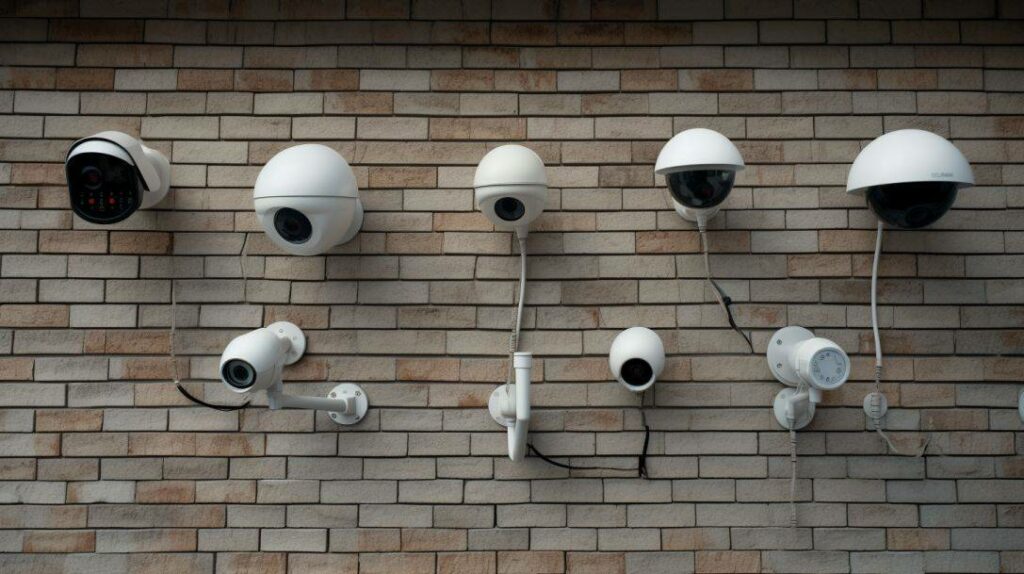
Choosing the right security camera types for your needs is critical. Here’s an overview of key options:
Comparing Wired and Wireless Cameras
Wired cameras connect to your NVR recording system via cable. Benefits include:
- Continuous power supply
- No interference from other signals
- Higher resolution video
- More difficult to hack
Wireless cameras transmit data over WiFi and offer advantages like:
- Flexible installation anywhere
- Easy repositioning if needed
- No cables or wire running required
For best results, combine wired cameras covering fixed areas along with wireless PTZ cameras to monitor from all angles.
Weatherproofing Considerations
Outdoor cameras must withstand the elements. Look for:
- Solid metal housings with seals to resist moisture, dust, etc.
- Wide operating temperature range
- Weatherproof cabling, connectors, mounts
Dome cameras often provide the best weather resistance.
Protecting Outdoor Cameras
Deter theft/vandalism of outdoor cameras using:
- Inconspicuous miniature “spy cam” designs
- High mounting locations out of reach
- Durable metal housings and protective enclosures
- Warning signage to deter tampering
Proper installation and maintenance is key for long-term outdoor camera integrity.
By selecting the right equipment and protection measures, your cameras can withstand the elements and stay operational 24/7.
Enhancing Deterrence and Disguise
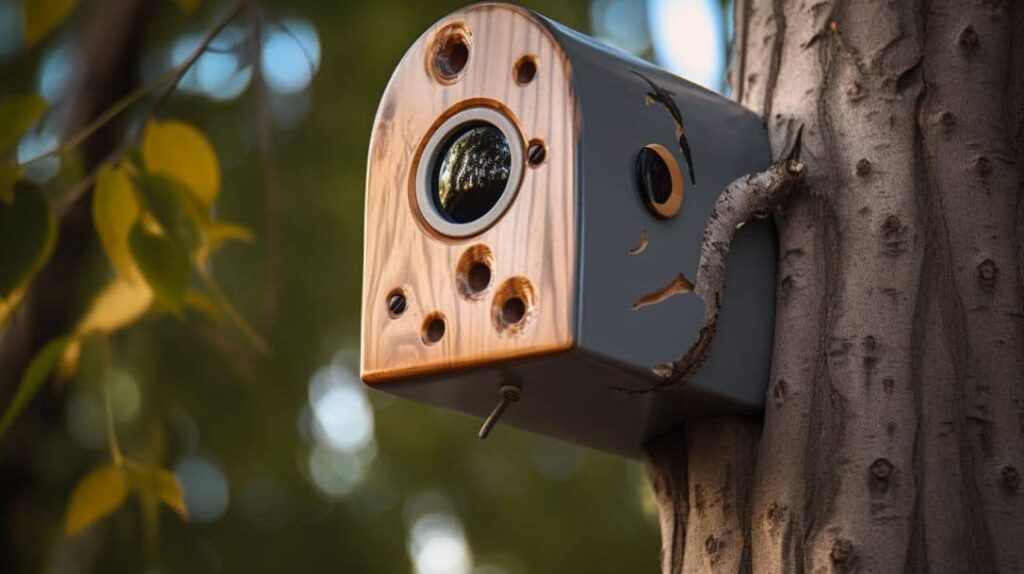
Carefully incorporating deterrence and disguise techniques will maximize your security camera system effectiveness.
Visible cameras act as a powerful deterrent, warning potential intruders that they are being recorded if they enter your property. Highly conspicuous cameras mounted prominently send a strong message.
However, disguised cameras also have advantages:
Innovative Ways to Disguise Security Cameras
Disguising your cameras can provide covert monitoring to capture illegal activity. Some creative ideas:
- Hide mini cameras in everyday household items like clock radios, books, houseplants etc.
- Use pinhole lens cameras embedded into walls or ceilings for discreet 24/7 recording.
- Mount cameras inside outdoor fixtures like motion sensor flood lights, sprinklers, or mailboxes.
- Place smoke detector dome cameras on ceilings for wide room views.
- Position small spy cameras out of direct sight lines to remain unnoticed.
Disguised cameras require accurate aiming during installation to ensure critical areas are within the viewing angle.
Integrating Motion Sensor Lighting
Installing motion-activated security spotlights has dual benefits:
- Bright illumination deters intruders and makes them easier to identify on camera.
- The triggering of lights alerts homeowners that activity is occurring.
Position flood lights to fully cover entryways, driveways, yards and other areas monitored by cameras.
Choose models with adjustable sensitivity to reduce false activations. Integrated security cameras in the lights themselves provide an extra layer of protection.
With the right combination of visible deterrence and disguised covert monitoring, your property stays protected day and night.
Minimizing False Alarms and Technical Considerations
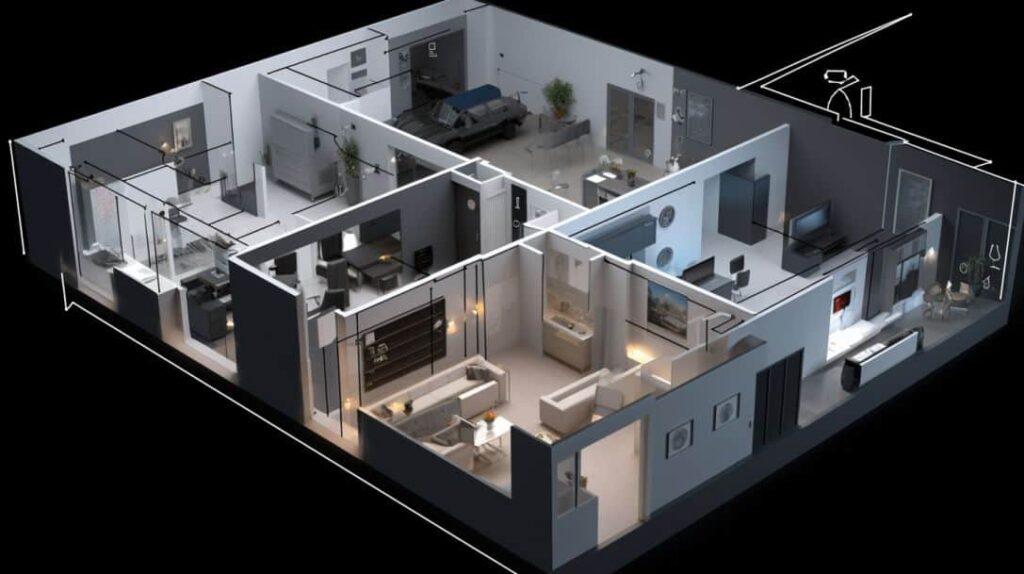
To keep your security system running smoothly, it’s important to minimize false alarms and address key installation factors.
Legal and Privacy Concerns
- Check your state’s laws regarding audio recording consent – many require notification signs.
- Avoid recording beyond your property line onto public spaces or your neighbor’s land.
- Inform household members and regular visitors they are being recorded.
- Mask or disable cameras covering private living areas like bedrooms and bathrooms.
- Use camera positioning, framing and lens angles to focus only on entryways, not private interior spaces.
Handling surveillance legally and ethically prevents problems down the road.
Ensuring Strong Wi-Fi Signal
Reliable Wi-Fi is crucial for streaming smooth video from wireless cameras. Tips to maintain quality:
- Perform a wireless site survey to identify dead zones or interference.
- Optimize router placement centrally on an upper floor.
- Install range extender nodes if needed in remote camera locations.
- Position cameras within 100 ft direct line-of-sight of router if possible.
- Use 5GHz Wi-Fi band for reduced interference.
- Keep the number of connected devices to a minimum.
- Consider wired backhaul for distant cameras.
Proper wireless configuration results in consistent connectivity and minimal dropout.
Reducing False Alerts
Excessive false alarms are a nuisance. To optimize motion detection:
- Properly aim cameras and fine-tune sensitivity settings.
- Set activity zones and schedules to avoid alerts from expected motion.
- Adjust algorithms to ignore environmental factors like wind, shadows or precipitation.
- Limit alerts to high priority cameras covering critical areas.
By proactively addressing these technical factors, your system performance and reliability will be enhanced. Contact Jefferson Security for expert installation.
Utilizing Advanced Features and Integration
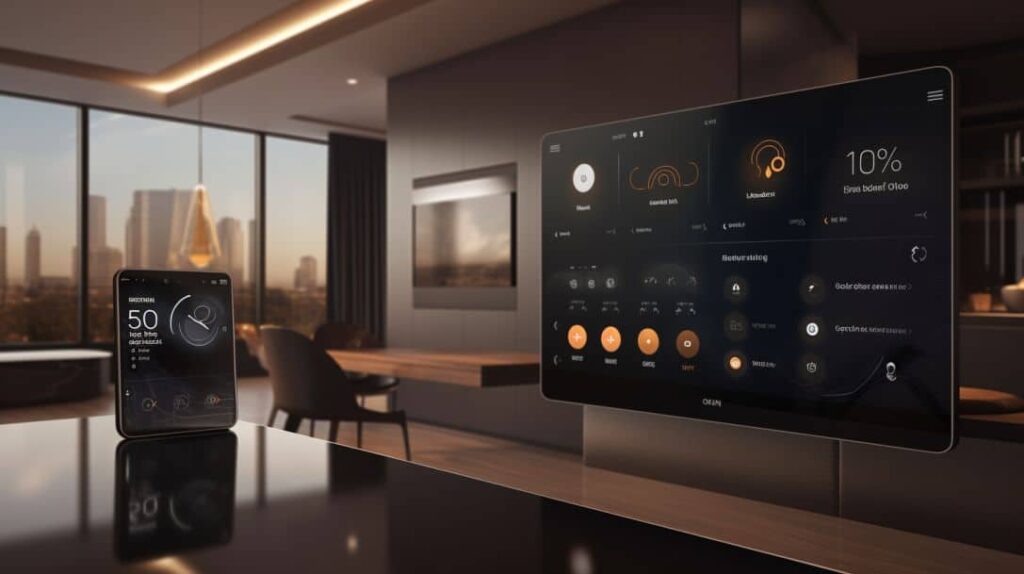
Today’s security cameras provide sophisticated capabilities through advanced features and smart home integration to enhance monitoring and convenience.
High-tech features like artificial intelligence, smart motion detection, and expanded connectivity options unlock new possibilities for comprehensive protection. For example, AI-enabled cameras can recognize faces or differentiate between people and animals to reduce false alerts.
Meanwhile, integrating your surveillance system with other smart devices allows for automated control and centralized operation. You gain deeper insights by correlating security data with information from appliances, climate sensors, and more.
Storage Options for Captured Footage
High-definition security cameras generate massive video files that require ample storage space. Options include:
- Network video recorders (NVRs) – store weeks of 24/7 recordings locally.
- Cloud storage – securely offload videos to the cloud for scalable remote access.
- Local storage like external hard drives – useful for backing up important clips.
For maximum redundancy, utilize both local NVR and cloud storage so footage remains accessible if hardware fails.
Home Automation Integration
Linking security cameras with other smart systems allows powerful control capabilities like:
- Viewing live feeds on smart displays, phones and tablets.
- Automated recording if smoke/CO alarms are triggered.
- Smart lights turning on when motion is detected.
- Thermostats adjusting if doors are opened unexpectedly.
Robust integration takes home protection and convenience to the next level. Consult with Jefferson Security experts on advanced feature options.
Installing Indoor Cameras Strategically
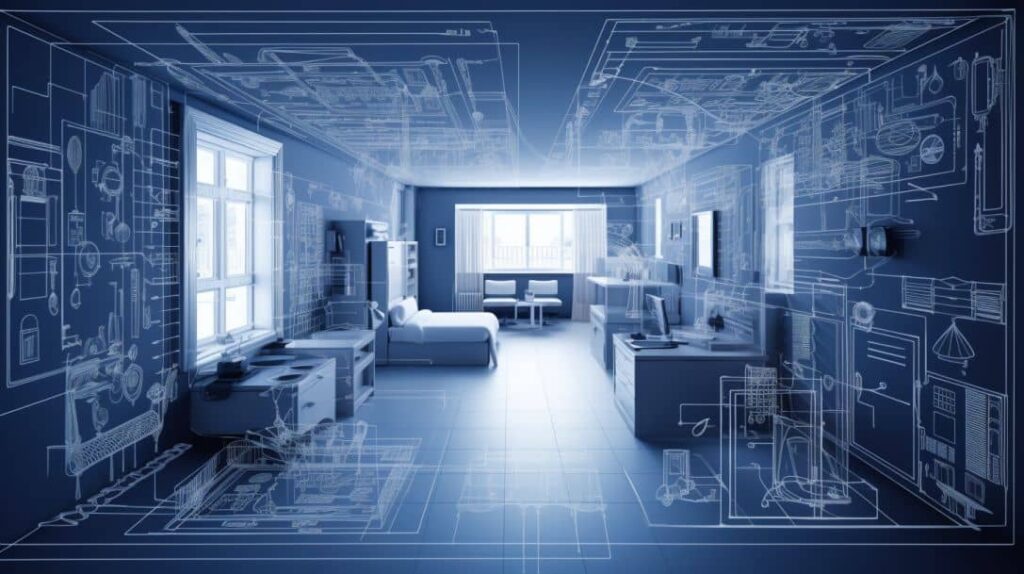
Properly setting up indoor security cameras is just as important as your outdoor coverage to eliminate vulnerabilities inside your home’s walls.
Indoor cameras provide an additional layer of protection, enabling you to monitor entryways, hallways, staircases, and high-value rooms. They act as a second line of defense if an intruder makes it inside. Strategic indoor camera placement is crucial.
Optimal Distance Between Cameras
When installing multiple indoor cameras, ideal spacing is needed to create overlapping views without gaps in coverage:
- For hallways, place cameras every 30-50 feet. Stagger them so doors and windows are covered.
- Space cameras to cover large open living areas from multiple angles.
- Adjust field of view and lens types (normal, wide angle, telephoto) as needed.
- Fine tune angles during installation to eliminate any blindspots.
Reducing Blind Spots Indoors
Carefully position indoor cameras to remove dead zones an intruder could exploit.
- Ensure entryways are covered from all angles.
- In open floor plans, use wide angle ceiling mounted dome cameras.
- Position mini dome cameras discreetly in corners of rooms or tops of walls.
- Adjust camera angles to account for large furnishings blocking views.
- Use pan/tilt cameras to actively scan rooms and zoom in on activity.
For comprehensive protection, record activity throughout your home’s interior day and night. Contact Jefferson Security for expert camera placement.
Security and Maintenance
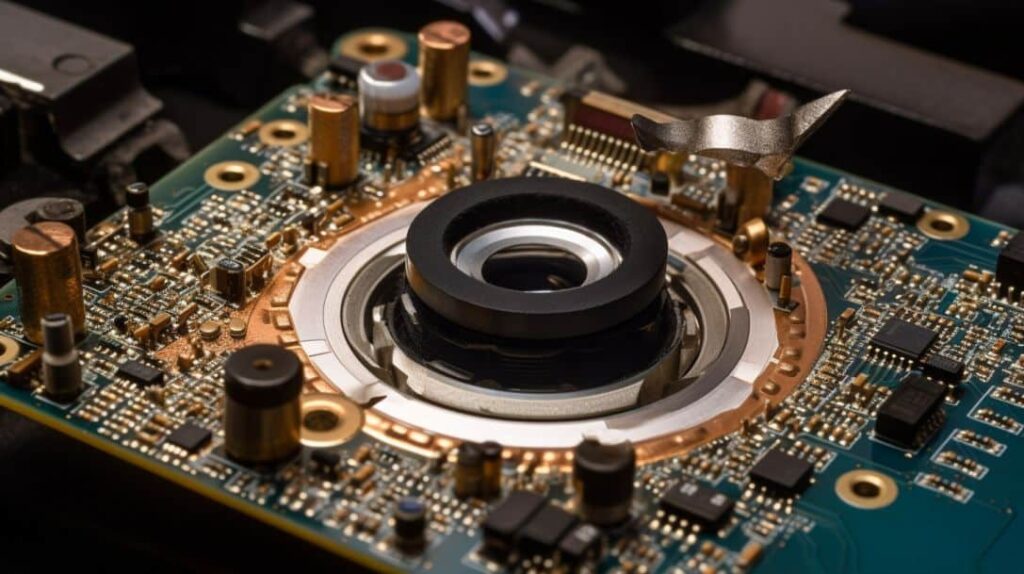
Ongoing security and maintenance is essential for keeping your home surveillance system functioning optimally. Don’t just install cameras and forget them – regular care protects your investment.
Routine maintenance allows you to identify and address any problems before they result in security gaps or performance issues. It also ensures cameras remain clean and positioned properly, without any obstructions or blind spots developing over time.
Recommended Maintenance Practices
- Test cameras regularly by reviewing live/recorded footage to verify functionality.
- Check mounting hardware, housings, and connections for signs of damage or loosening.
- Clean camera lenses gently using microfiber cloths to remove debris and dust.
- Trim vegetation growth blocking fields of view.
- Verify Wi-Fi and NVR system health for wireless and wired cameras respectively.
- Perform software updates and firmware upgrades when available.
- Replace batteries in wireless cameras about every 2 years.
- Audit camera angles and visibility. Adjust if any new blind spots appear.
How to Tell If a Security Camera is Recording
Indicators that your cameras are actively recording include:
- Flashing or solid red/green LED lights on the camera body.
- New footage appearing continuously within the NVR or mobile app.
- Growing video file sizes on local/cloud storage.
- Footage playback shows smooth, detailed video without interruptions.
- Motion detection alerts are triggered appropriately by activity.
By incorporating regular system checks and maintenance, you can identify and resolve any issues promptly. Contact Jefferson Security for professional installation and maintenance.
Conclusion
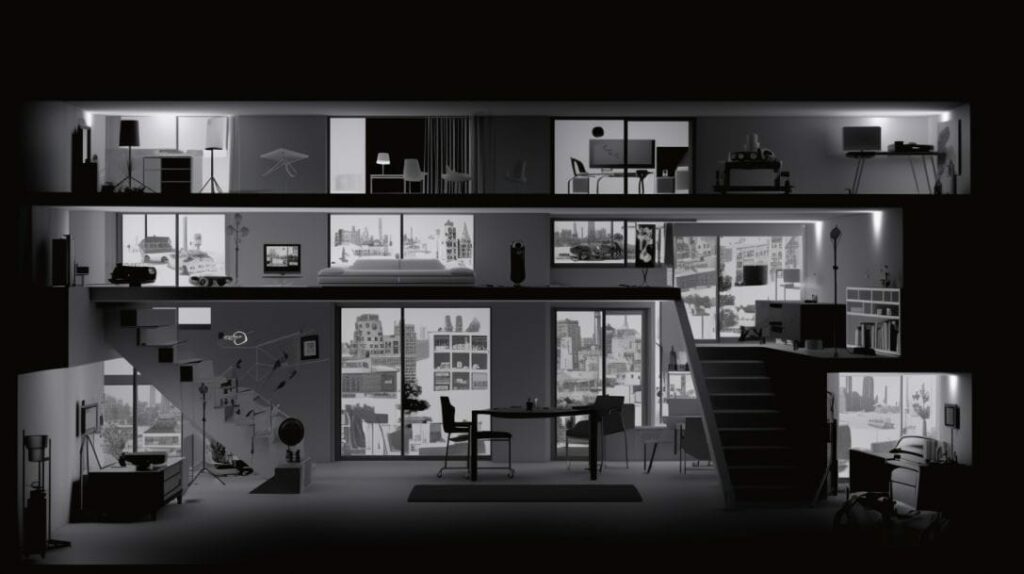
Installing a robust multi-camera home security system takes research, planning, and attention to detail. But the investment pays dividends by providing 24/7 monitoring coverage and peace of mind.
This guide provided tips across key steps – conducting site assessments, developing strategic camera placements, selecting the proper equipment, and considering technical factors. We also discussed best practices for optimizing features and maintaining systems over time.
While complex, a high-quality DIY or professionally installed security camera system is an incredibly worthwhile investment to protect your home. Be sure to:
- Assess your property thoroughly and develop a customized camera plan eliminating blindspots.
- Combine both outdoor and indoor cameras for complete perimeter and interior protection.
- Choose reliable cameras suited for each location, while disguising or deterring tampering.
- Address technical considerations like storage, Wi-Fi strength, and minimizing false alerts.
- Utilize smart features and home automation integration for expanded functionality.
- Maintain cameras consistently to identify and correct any issues promptly.
Following this guidance maximizes your surveillance coverage and capabilities. With a well-designed camera system monitoring your home, you can enjoy greater awareness, security, and peace of mind.
For professional installation or maintenance, contact security experts Jefferson Security today and ask about home camera options to protect what matters most. Their trained technicians will help design and install the ideal surveillance system uniquely tailored for your needs and budget. Invest in smart home security – your home and family deserve true 24/7 protection.
FAQs
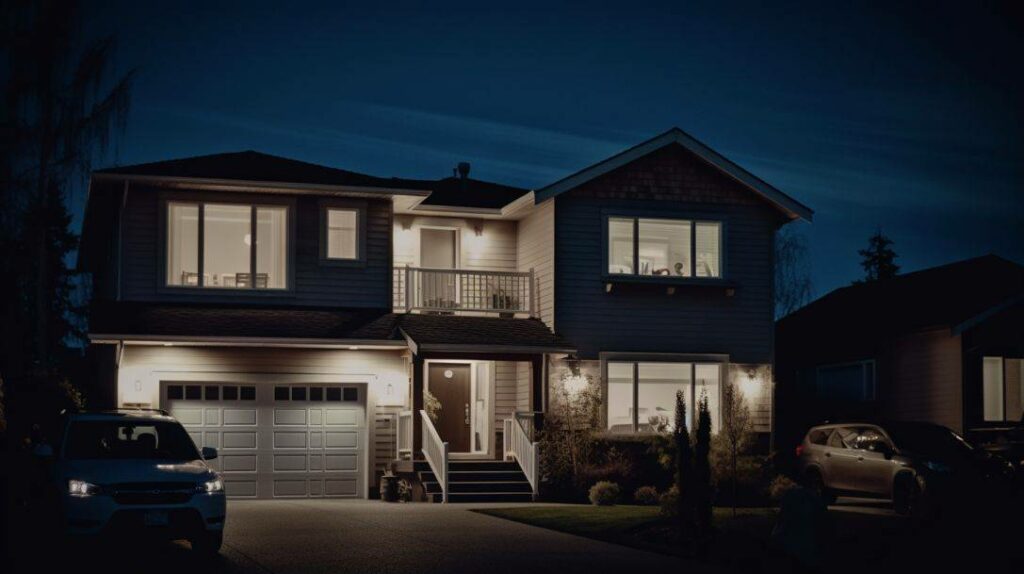
How many security cameras do I need?
The number of security cameras needed depends on the size and layout of your property. Experts generally recommend 4-6 outdoor cameras and 1 camera per room indoors. Larger, multi-story homes may require more for full coverage without blindspots.
What areas should outdoor security cameras cover?
Outdoor cameras should monitor all doors, windows, garage doors, gates, perimeter fences or walls, driveways, and approaches to the home. Position them to capture facial images of anyone attempting to enter.
Should I choose wired or wireless security cameras?
For best results, utilize a mix of wired cameras for fixed areas and wireless cameras where flexible placement is needed. Wired offers reliability but wireless provides portability. Blend both technologies to maximize benefits.
How do I make security cameras more discreet?
Discreet camera options include miniature “spy cam” designs, pinhole lenses, hidden placement inside everyday items, and cameras embedded into surfaces. But visible cameras can also deter intruders through open monitoring.
What maintenance is required for security cameras?
Check cameras regularly, clean lenses, trim vegetation, update software, replace batteries, and audit camera angles/visibility. Verify recording functionality and Wi-Fi/NVR system health. Proactive maintenance prevents problems.
